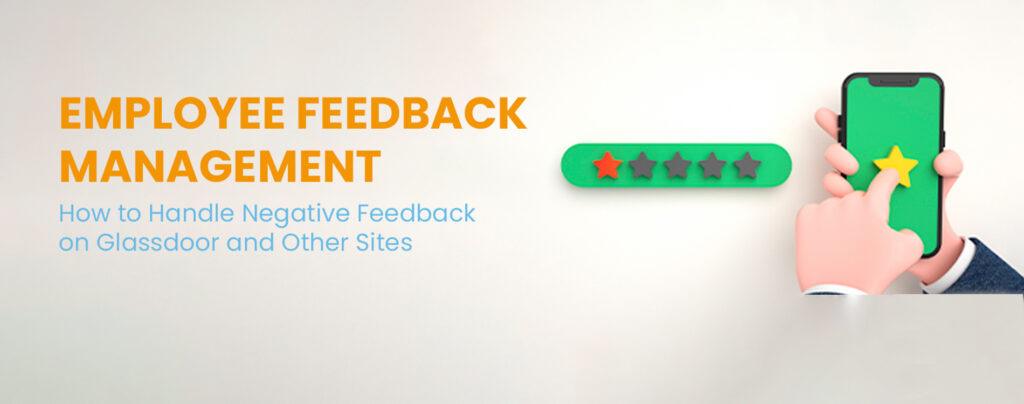Employee Advocacy is a powerful tool for employer branding, but only if it’s done right. Statistics show that while only 2% of employees reshare their company’s content, it still constitutes 20% of the total engagement. Before you start creating content for your Employee Advocacy program, it’s crucial to have a clear understanding of your brand voice and messaging. What kind of language does your company use? What topics are off-limits? This will ensure that all the content created for the Employee Advocacy program is on-brand and consistent with your company’s overall messaging.
Here are five points that you should keep in mind before running the employer branding program :
1. STRATEGY:
The first thing to define is your strategy for the Employee Advocacy program. What end goal do you intend to attain through the employee advocacy platform? An employee advocacy program is a significant investment in terms of platforms, resources and effort. Before you start your program, you need to understand the end goal. That will help you define the kind of campaigns, the content, and the advocates you will be leveraging to make this program a success. It would help if you also identified the key metrics you should be able to track and monitor to see the program’s success.
2. IDENTIFYING EMPLOYEE ADVOCATES:
You need to identify the right individuals to be your advocates. This should be a mix of senior and junior-level individuals who are active on social media, are happy with the culture, understand the organization well and are willing to invest time and energy to make this program a success. Though most of the heavy lifting is done by the platform, you still need employees who can engage by responding to comments and getting active in social media conversations within their networks. While the senior-level employees will have more prospects and clients in their network list, the entry-level and mid-tier professionals will have potential candidates as a part of their network.
3. CHOOSING THE RIGHT PLATFORM:
Platform plays a critical role in the entire Employee advocacy platform. The platform should offer features that employees can easily use to share the corporate messaging and curate content. Most platforms require a decent investment in pricing, and some famous platforms are Hootsuite, Sociable etc. As an organization, you need to take licenses based on the number of advocates. Click here to see a list of available platforms and their comparison.
4. CONTENT GUIDELINES:
It’s also important to create guidelines for what types of content can be shared through the Employee Advocacy program. What are the types of content that you can create? For example, employee stories, celebrations and employee engagement activities, things about your Employee Value proposition, learning and development opportunities, and technical capabilities are examples of some of the types of content that can be shared. However, there should be a set of guidelines on tonality, imagery to be used etc.
5. REWARDS AND RECOGNITION:
What is in it for me (WIIFM) as generally called. Why should your employees become advocates and use their handles to promote your organization’s content/culture/product or services? You need to define and incentivize the employees adequately to become a part of the entire employee advocacy program. The reward and incentive program should encourage the employees to become a part of the program.
LinkedIn research suggests that companies with employee advocacy programs have a 58% higher chance of attracting talent. In addition, employees participating in employee advocacy programs witnessed an 86% impact on their career path. An employee advocacy program must be created with a long-term vision, and this is not a short-term tactical approach that can help you build your brand. It should be curated so that employees are willing to be a part of it rather than forcing them to become a part of it. Executed well, it can impact the bottom line of the organization.




